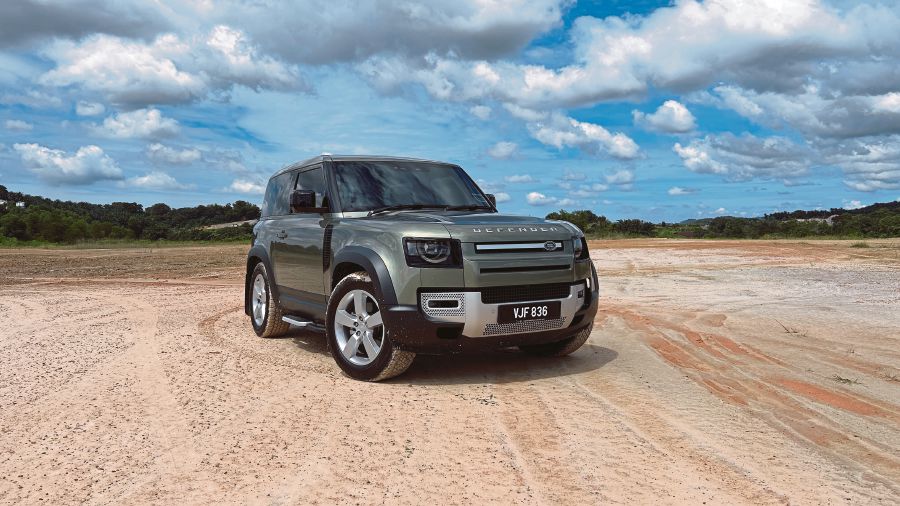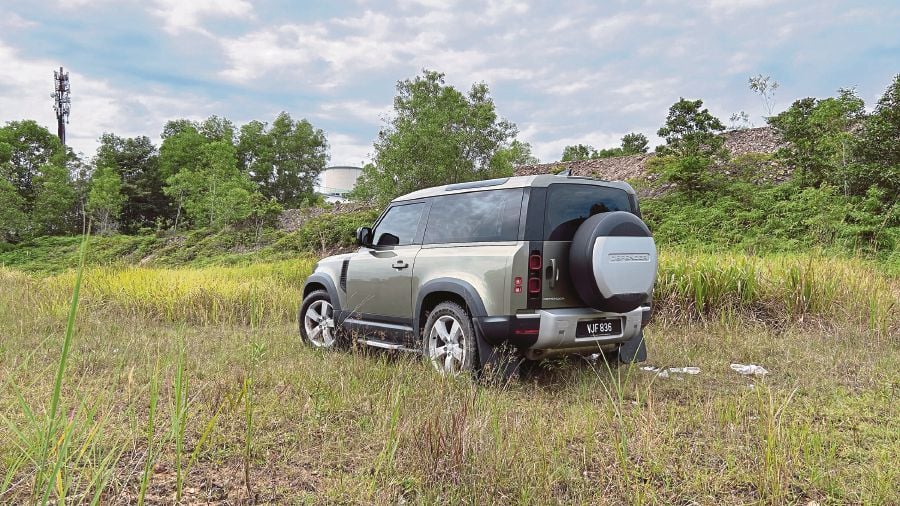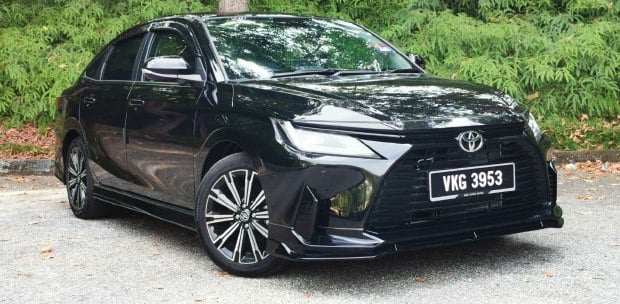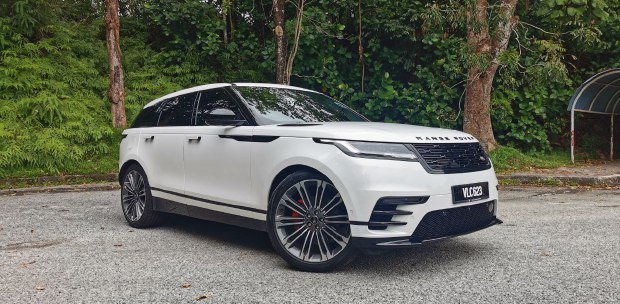IN life, we occasionally make exceptions that derail us from our path or principles. I naturally am inclined towards cars that sit lower, have firmer suspensions, have more responsive controls, and are more agile to drive.
But I am going to make an exception here.
The new Land Rover Defender 90 is a total opposite to my kind of automobile - it rides higher than most cars, leans in corners, has a rather lazy throttle response, huge and is far from agile.
The Defender 90 was launched in Malaysia last September, roughly one year after the launch of Defender 110.
This latest offering is, of course, night and day apart from the original Series I that was first conceived in the 1940s while having big shoes to fill.
It needed to replace an icon, features all the betterments and capabilities yet retain the iconic elements of a Defender. It was not an easy feat to execute.
NOTABLE FEATURES
So, in order to have all the Defender capabilities - in this day and age - the new car will need technology.
And boy, there are techs and gizmos aplenty packed to the new Defender.
The new Defender should remain remarkably capable in any terrain as it has all the usual hardware but it's also easier to operate now with the press of a button.
This includes an active differential for optimised traction in all surfaces and a twin-speed gearbox (high and low range in old school terms) that is electronically-controlled.
The Defender also comes with Terrain Response - accessible from the centre screen - with Normal, Mud and Ruts, Grass/Gravel/Snow, Sand and Rock Crawl modes. Depending on the engaged settings, the air suspension will raise the car by 70mm and an additional 75mm for ground clearances.
On top of that, there's Wade Sensing mode that gives the Defender 900mm wading depth, which is useful for when you need to escape flash floods, I suppose?
Another feature is the 3D Surround Camera that uses cameras around the car and then projects the footage into the centre screen, creating an "invisible hood" for the driver to see much more clearly what's underneath the car.
It is not an entirely new feature, having been around for many Land Rover models before, but cool nevertheless. This makes the Defender an ideal Bond vehicle.
THE DRIVE
Despite being the short wheelbase model, the three-door Defender 90 is not a small car, measuring at 4,583mm long, 2,008mm wide and 1,969mm high.
That is wider and higher than the Honda CR-V, with just about as long as the five-seater C-segment sport utility vehicle.
Even with the seat in its lowest position, you still sit pretty high and have a commanding view ahead of you with a large, flat hood up front.
The Defender has also retained its upright exterior design; the steep windshield as well as flat windows and rear doors make it quite a prominent sighting when in traffic and busy areas.
It's almost like the Mercedes G-Class, although the Defender projects a cleaner and fresher look in my opinion.
So, in this sense, I thought the Defender is a really cool vehicle to be seen in and to drive around town.
But since the car weighs over two tonnes, do not expect it to accelerate or handle like a sports car. It does not have to.
Now, this particular Defender 90 I tested was in the P300 trim, meaning that it was powered by a 2.0-litre Ingenium turbocharged four-cylinder mill, making 300hp and 400Nm of torque.
Power delivery was smooth and more than sufficient for 95 per cent of its usage.
Accelerating from highway speeds though, let's say from 110kph to 140kph, felt a little underwhelming.
But do bear in mind that we are pushing a large chunk of metal through the air.
More importantly, the cabin remained quiet and refined, as expected from such a car. When pushed in corners, it was quite a bit of a deal considering its mass.
I pitied the outside wheels but thanks to the Adaptive Dynamics, the air suspension was ensured to deliver a good balance between comfort and body control.
The new car was also the first Defender in history to be fitted with independent suspension all around and so, the suspension did not pogo around when driven through corners with undulating surfaces.
The ride could be "floaty" when changing directions but at the same time, I kind of felt rather fun leaving the toll gates when the front end pitched up under hard accelerations.
The new Defender might appear large and heavy but the controls were easy on you. It did not make you feel like you had a workout session after driving it, just like the old Defender did.
Of course, the most fun you could ever imagine with the Defender was to get it off the road and on the trails or wherever the mood took you.
Most of the off-road modes in the aforementioned Terrain Response would adjust the height, the throttle mapping and everything in between so that you could get the optimal control in difficult situations.
For instance, it ensured the tyres did not dig the loose surfaces while clawing for tractions.
VERDICT
The new Defender 90 is a great interpretation of an icon, revolutionised in this day and age, packing all the relevant stuff while staying true to its roots.
Problem is, the new Defender is like two to three times pricier than the last car that was discontinued a couple of years ago.
It is not necessarily a direct upgrade for the previous-generation Defender owners but rather more of an expensive toy that is going to spend most of its weekends in valet parking rather than in Mossy Forest, Cameron Highlands.
This writer would happily take the Defender to where it belongs, like properly taking a supercar to a track day, to stretch its legs.




















































